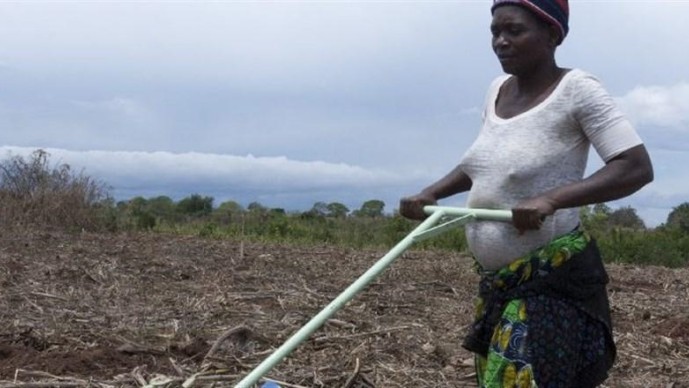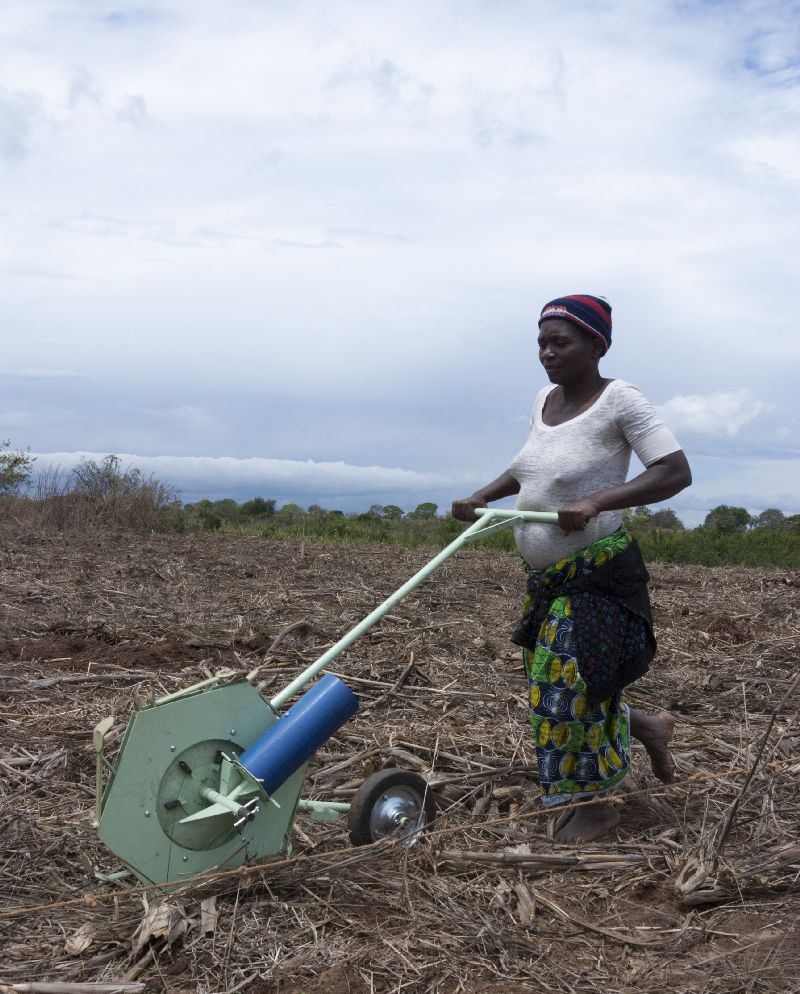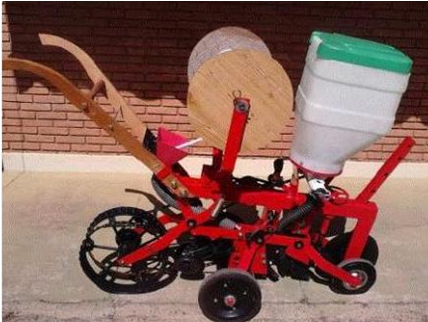
The Bill & Melinda Gates Foundation was founded in 1994 and in 2007 launched the Grand Challenges Explorations (GCE) initiative to nurture bright ideas, principally in the global health sector, with seed money for their development. Good health depends, amongst many other factors, on good nutrition and so the importance of agriculture became increasingly clear. In 2010 agriculture was added to the suite of GCE topics. Soon after, the need to reduce drudgery and deliver improved returns on labor for smallholder farm families was recognized and in 2012 a call was put out for proposals to develop innovative labor saving interventions (especially for women).
I was involved in the evaluation of many of the nearly 400 proposals that were received from this call. Subsequently the 20 awardees of the call, myself and other proposal reviewers were brought together to participate in the 2013 Grand Challenges meeting in October in Rio de Janeiro. The four-day event brought together some 700 delegates and awardees to discuss the options, issues and successes surrounding seven scientific tracks (www.grandchallenges.org). In the labor saving innovations group there were 21 award-winning projects from almost 400 applications; each innovative project receives $100,000 for its development over an 18 month period, with the possibility of significantly higher follow-on funding for the best ideas.
The projects successful in this latest round form an eclectic group ranging from crop establishment and production (e.g. planters and drip irrigation); through post harvest technologies (threshers, winnowers and solar driers) to energy production, fuel efficient stoves, organic fertilizers, transport, financial models and systems analysis.
Throughout the meeting contrasts were drawn between sub-Saharan Africa (the focus of the GCE programme) and Brazil. Brazil has a proud history of investment in its 12 million family farms which produce around 60 percent of the country's food. Through programmes such as PRONAF (National Programme for Strengthening Family Agriculture) family farmers have been given access to credit, markets, insurance, infrastructure and technical assistance since the 1990s. The impact of this investment has been dramatic and has moved many family farmers from peasantry to the middle class. This is in stark contrast to the situation in the majority of SSA countries where the smallholder farming sector receives very little support and so has found it difficult to develop. The reality today for most SSA smallholders is that credit is scarce, markets are undeveloped, infrastructure is poor and technical assistance practically non-existent; the necessary investments are not being made.
Of particular relevance to conservation agriculture (about which I was asked to give a presentation) were the successful projects on the rotary jab-planter, rolling injection planter and the seed tape concept; all of which are suitable for no-till planting through organic soil cover. The rotary jab planter shown below is an idea that has been around for many years. Created in the 1970s in the UK it was developed by Geest and IITA, Nigeria in the 1970s and 80s, it even enjoyed limited local manufacture in Mexico in the 1980s. It has now been substantially updated with improved seed metering and seems to be poised for a breakthrough in Lesotho with the help of funding under the GCE initiative.

The 'Haraka' rolling jab planter has been resuscitated and is now undergoing further development and trials at the Growing Nations Trust in Lesotho under the guidance of August Basson. (Photo courtesy of Growing Nations/August Basson).
The rolling injection planter concept depicted below uses two offset halves of a star-wheel to open planting holes. Two seed hoppers feed annular seed cells which meter the seeds into the planting points of the stars. As with the rotary jab planter this machine can be pushed by hand or operated with draught animal or small tractor power. The planter will be developed and manufactured in Brazil under the coordination of its designer, Ricardo Capucio de Resende.

Model of Ricardo Capucio de Resende's rolling injection planter capable of simultaneously sowing two types of seed. (Photo courtesy of Brian Sims).
The third development for planting, again from Brazil, is Mateus Marrafon's idea of producing seed tapes comprising biodegradable paper strips sandwiching crop seeds. The tape is anchored at one end and then unrolled from a bobbin to be placed at the required depth by the planter. Seed associations, for example of legumes and cereals, can easily be incorporated at the tape assembly stage. Mateus claims that the system will improve crop performance as a result of regular spacing and that the paper can offer protection against pests and high temperatures.
Mateus

Marrafon's no-till planter buries a tape with regularly spaced seeds of (e.g.) maize and melon incorporated in the paper 'sandwich' produced by the machine that he has invented. (Photo courtesy of Mateus Marrafon)